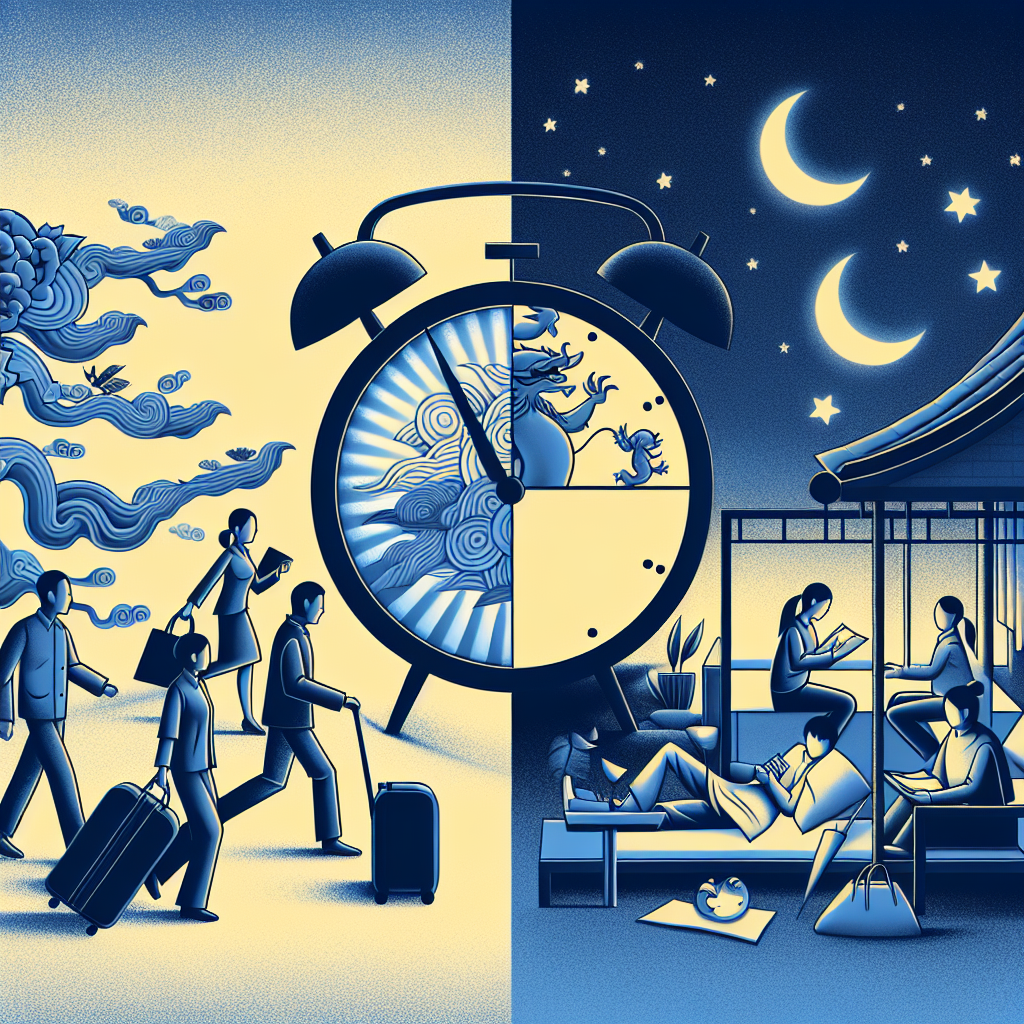“After-Hours Revolution: China’s Shift in Work-Life Balance”
After-Hours Revolution: China’s Shift in Work-Life Balance
Introduction
China is witnessing a significant transformation in its work culture, as the nation begins to prioritize work-life balance over the traditional “996” work schedule. This shift is reshaping the professional landscape and influencing societal norms.
The Traditional “996” Work Culture
The “996” work schedule, which stands for working from 9 a.m. to 9 p.m., six days a week, has long been a hallmark of China’s tech and corporate sectors. This demanding routine has been criticized for its impact on employees’ health and personal lives.
Drivers of Change
- Government Initiatives: The Chinese government is advocating for better work-life balance, encouraging companies to adopt more employee-friendly policies.
- Employee Advocacy: Workers are increasingly voicing their concerns about burnout and demanding more reasonable working hours.
- Global Influence: Exposure to international work cultures is inspiring Chinese companies to rethink their approach to employee well-being.
Impact on Businesses
Companies are beginning to recognize the benefits of a balanced work environment, including increased productivity, improved employee satisfaction, and reduced turnover rates. Some businesses are experimenting with flexible work hours and remote work options.
Societal Implications
This shift is not only affecting the corporate world but also altering societal expectations. There is a growing emphasis on personal time, family, and mental health, which is gradually changing the fabric of Chinese society.
Conclusion
China’s move towards a more balanced work-life dynamic marks a pivotal change in its professional and social landscape. As companies and employees adapt to this new norm, the potential for a healthier, more sustainable work environment becomes increasingly attainable.








































